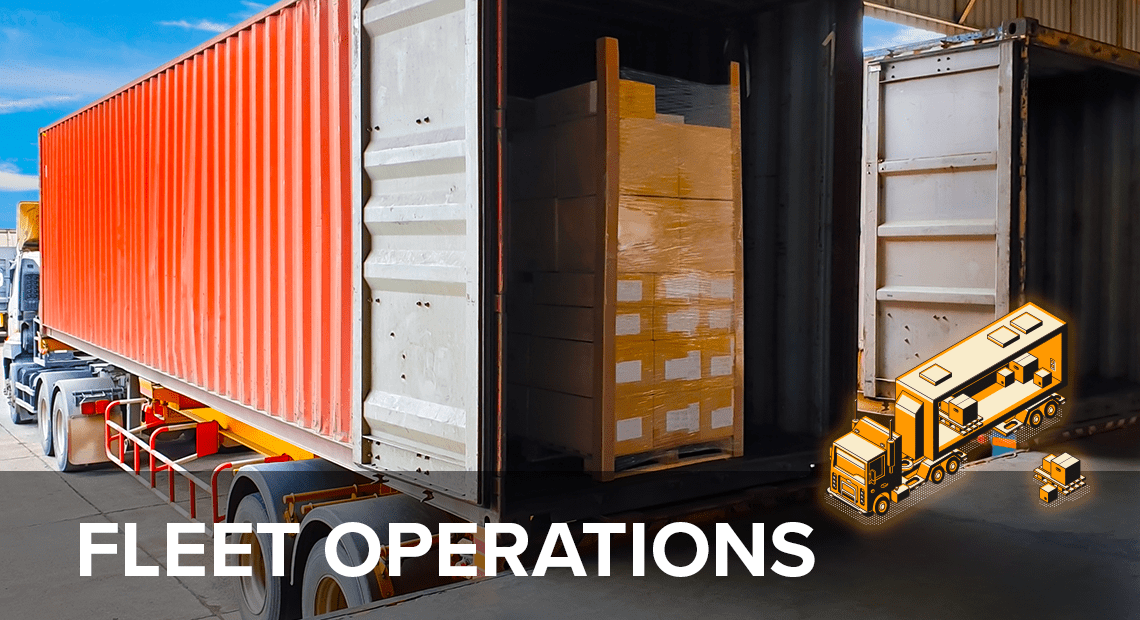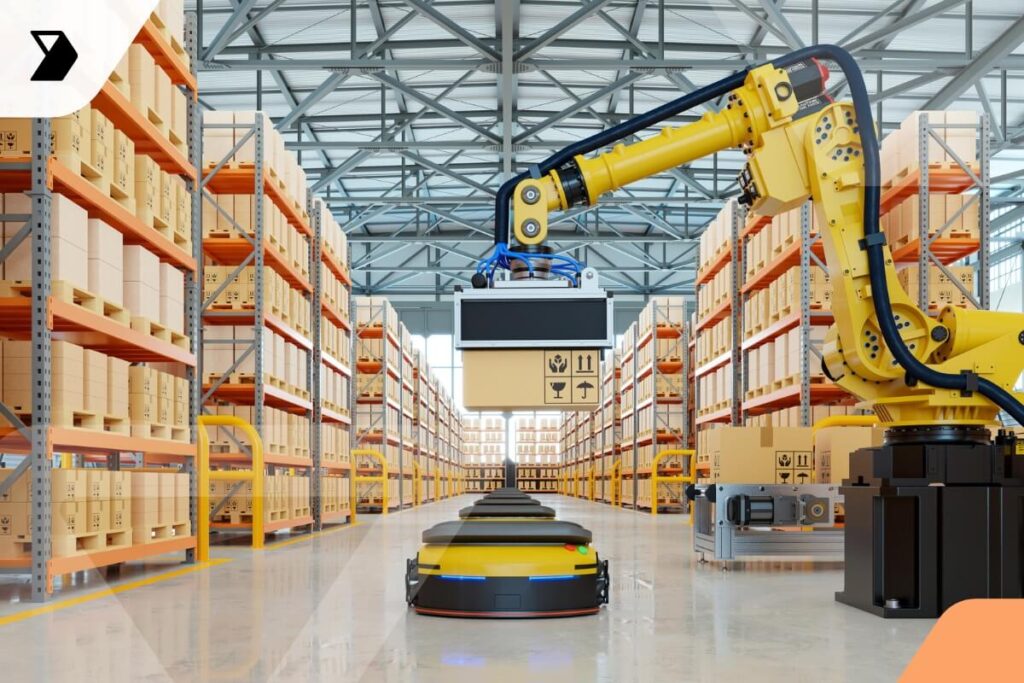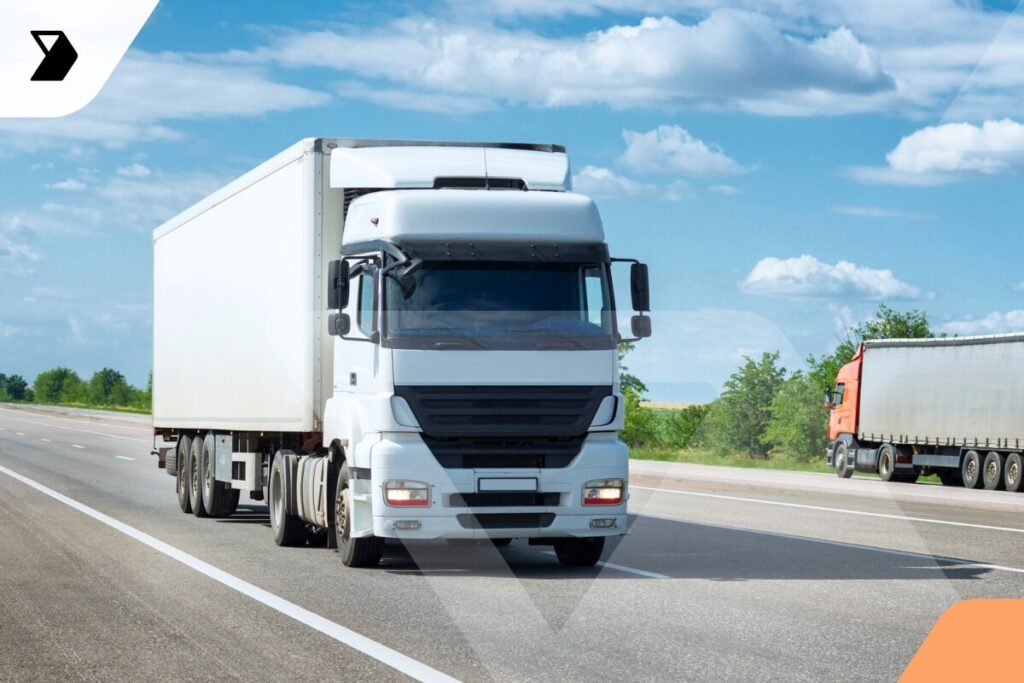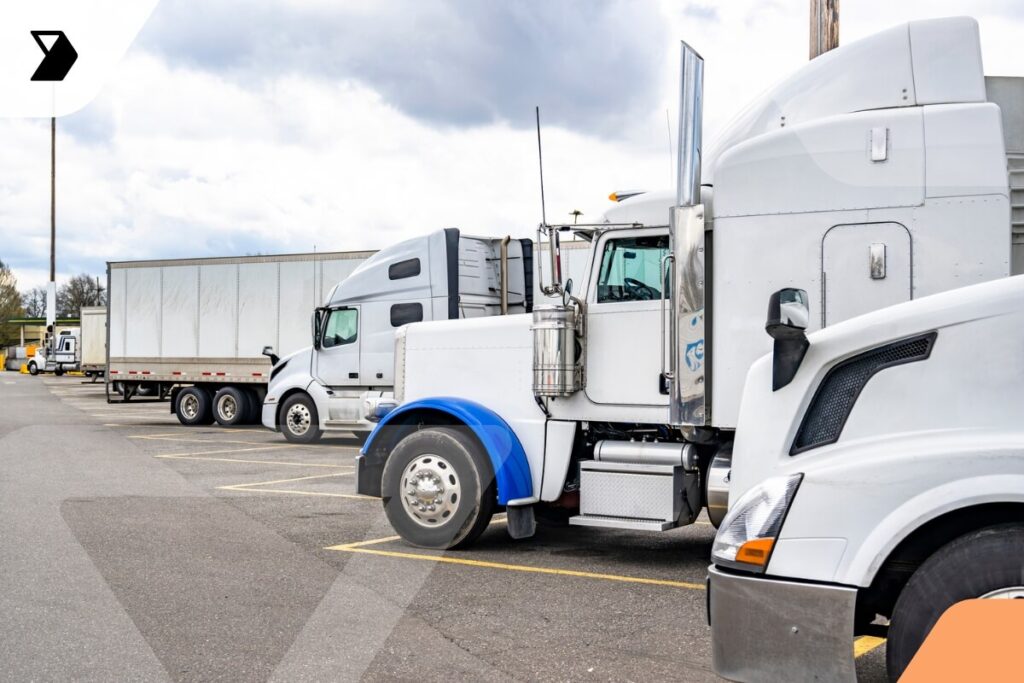What Is LTL Trucking? Here’s What You Need to Know
Should you use LTL (less-than-truckload) services instead of FTL (full-truckload) ones?
Ready to transform your supply chain?

You won’t be around logistics and trucking for long before running into that question.

Whether you’re a shipper, a third party, or a trucking company that normally only handles FTL, LTL is a tempting route. It can be difficult to decide if shipping LTL is the right call.
In reality, like any area of trucking, LTL has its potential pitfalls. LTL can simply be messy. Multiple cross-docks, oddball freight, and deliveries to people’s houses all happen on the regular.
But LTL can also be a win-win situation for everyone involved—and that’s why the LTL part of the industry is growing. If you want to learn everything you need to know about LTL trucking, you’ve come to the right place.
Today we’ll drill down on LTL trucking to address what you need to know in order to avoid the pitfalls of LTL and thrive. With knowledge comes power. So let’s get started!
What Is LTL Trucking?
LTL is defined in the logistics world as “less than truckload.” LTL shipments involve freight that doesn’t require an entire trailer. LTL is typically used for a shipment that requires between one and 10 pallets and weighs less than 15,000 pounds.
On the other hand, an FTL shipment typically consists of 30 pallets in a 53-foot trailer and can weigh up to 45,000 pounds. Also, an FTL will typically travel directly from point A to point B.
Conversely, LTL freight uses only a portion of a trailer. That means your shipment shares a trailer with other LTL shipments. Due to its nature, LTL freight doesn’t travel directly from point A to B. Instead, an LTL shipment will transfer to different trucks between destinations.
LTL uses a hub system. An LTL shipment of freight can get transferred several times before reaching its destination. As a result, it might take longer to ship LTL than FTL freight. Thus, you need to make sure the freight isn’t time-sensitive. Expedited shipping exists in LTL, but it comes at a premium.
Most people will tell you that this is a theme with LTL. Most LTL deliveries go smoothly. But when a delivery goes bad, the headache, risk, and added complexity are due to the cross-docking or to extra touches of the freight.
Should You Ship LTL or Not?
When should you use LTL? Put simply, LTL exists on a spectrum. That means on one end you have a shipment that is a single pallet (usually weighing 150 pounds or more). And on the other end of the spectrum, you have 10 pallets maxing out at 15,000 pounds.
To clarify, a package that weighs less than 150 pounds and doesn’t require a pallet to ship is considered a parcel. People and organizations typically send parcels by Federal Express, UPS, or the U.S. Postal Service. Granted, you might be able to ship a few pallets on UPS, and in essence, parcel shipments share several similarities with LTL trucking. For instance, both LTL and parcel freight use a network of hubs and spokes (or terminals) to deliver freight.
In truth, with the boom of e-commerce and increasingly complex supply chains, more freight is getting shipped LTL. So it follows that more trucking companies have gotten involved in shipping LTL. But just because you can ship something a certain way doesn’t mean it’s the most cost-effective route.
Cost Will Guide You—If Your Information Is Accurate
Cost will be your guide in LTL. That said, there are several factors that determine LTL costs. In addition to that, LTL can take extra time, and freight damage is a bigger risk. Whether you’re the trucking company, a broker, or a shipper, can you afford to have your LTL load getting lost or damaged at a cross-dock?
Other risk factors come with LTL as well. For instance, if you book a shipment under the wrong freight class, extra charges will apply to the freight. That type of error can harm your profit margin and your customer relationship.
When you’re considering a load for LTL, a good checklist for a broker or shipper looks something like this:
- What is the cost?
- Have you confirmed the freight dimensions (length, width, height, and pallet count)?
- Have you confirmed the freight classification?
- Does the freight require any special services?
- Is the risk of potential damage to the freight worth it?
- What’s the time sensitivity of the freight?
With the growth of small businesses and e-commerce, LTL is more prevalent than ever.
When you get to the heavy end of the spectrum and costlier freight classes, there’s a chance you can find a full truckload to move your freight cheaper than LTL.
Bear in mind that e-commerce has opened up a lot of gray area on the small end of LTL. More than one or two pallet loads (often lighter and thus fuel-friendly) are becoming available through retailers looking to ship bulk product.
The key is whether a trucking company has the right network of terminals and warehouses. If so, carrying LTL freight might be an opportunity to win light freight and offer one-stop shopping to a customer. For a trucking company, LTL can help them avoid empty back hauls and maximize capacity on trailers.
Understanding Freight Classes in LTL
Freight classes are a huge factor in determining the cost of an LTL shipment. The National Motor Freight Traffic Association (NMFTA) is the governing body that has assigned a freight class for every type of product or commodity. There are a total of 18 freight classes, ranging from class 50 to class 500.
For carriers, the freight class of LTL determines the tariffs they must pay for transporting goods. That means the carrier uses freight class in order to quote shipping rates and fees.
Unfortunately, it’s common for businesses to declare incorrect freight class or LTL dimensions. It might seem like you can save money by listing a lower freight class, less weight, or fewer pallets. But when a carrier has to re-classify freight, it’s a waste of time, money, and operational resources.
Four factors go into determining freight class:
- Commodity and density
- Handling
- Stowability
- Liability of the commodity (for example, is it hazardous or high value and thus prone to theft?)
A deeper dive into these factors, as well as a helpful chart of commodities by freight class, is available here.
By and large, the one thing most LTL freight will have in common is the use of pallets. But not all pallets are identical.
Pallets and Premium Services in LTL
Let’s start from the ground up and speak about pallets for a moment. A typical pallet is 48 inches by 40 inches by 6 inches, weighs 30 to 45 pounds, and can hold up to approximately 4,600 pounds.
When a pallet is loaded with freight, it will require certain machinery to move it, such as a pallet jack, liftgate, forklift, or loading dock.
That said, the standard, rough-hewn, wooden pallets that your crafty uncle uses to make furniture are just one type of pallet. Depending on the freight and industry being served, pallets come in many additional dimensions and materials. These include:
- Plastic pallets: These replace wood pallets when durability or cleanliness is a concern.
- Collapsible plastic boxes: Workers can fill these with smaller items and totes, and then the receiver can break them down for return shipment.
- Bulk bags: Workers can fill these with bulk raw material, such as plastic regrind or certain chemicals, and reuse them.
- Returnable packaging or shipping racks: These are customized and designed to hold specific larger items, such as car parts.
- Oversized and oddball pallets: Typical oversized dimensions are 48 inches by 96 inches.
In LTL, you’ll see all types of pallets and freight. You’ll also see requests for optional services not typically offered by FTL carriers. Of course, carriers can charge a premium for optional services, which include:
- Liftgate service at pickup and/or delivery
- Residential residence pickup and/or delivery
- Inside delivery (to driveway or garage)
- White glove (delivery inside home and sometimes installation)
- Freeze protection
The Top LTL Trucking Companies
Several well-known trucking companies specialize in LTL freight. If you’re a shipper moving LTL freight, you’ll be able to enter your load information and freight class in return for a rate quote.
Jobs Related to LTL Trucking
Over the course of moving an LTL shipment, the freight itself will interact with nearly every job there is in trucking. The sales teams will win the load, and fleet managers will dispatch their drivers. Drivers will make the pickup at the allotted time, and a forklift driver will load the items at the shipper. Maybe the driver then hits a weight scale on the way to the hub or cross-dock.
At the hub, the warehouse personnel will unload and check the freight into their system, and then they’ll store it before the next leg of the journey. The freight may go to the consignee at this point, or it may head to another hub before delivery. After delivery, the driver must turn in their BOLs and PODs to the back office, which then bills the customers. It’s the circle of life.
How Tech Can Make Your Life Easier in LTL
Compared to FTL, LTL trucking involves more stops and more touches along the way. More touches mean more chance for damage, theft, and paperwork. In past generations, this additional complexity seemed to turn off many people in logistics when it came to LTL.
Nowadays, there’s better technology that promises to make everyone’s life easier. Companies like Vector have developed mobile document capture apps that make document capture and management relatively painless. Based on some of the case studies on the Vector website, their features like autocorrect perfect scan technology, integrated document management systems, and automated billing can greatly reduce the margin for error when it comes to LTL. In the messy LTL world, this type of tech has the ability to make everything so much cleaner.
In Closing, If You Get Into LTL… Bring the Latest Tools of Tech With You
As we’ve seen, LTL is a dynamic aspect of trucking, with great potential for profit as well as loss. As the complexity of LTL trucking advances, I see technology as the clearest game changer when it comes to organizing the documents, data, and invoices of your freight.
LTL trucking clearly has a ton of growth potential. If you’re considering getting into LTL trucking, bring the latest tools of tech with you.
This post was written by Brian Deines. Brian believes that every day is a referendum on a brand’s relevance, and he’s excited to bring that kind of thinking to the world of modern manufacturing and logistics. He deploys a full-stack of business development, sales, and marketing tools built through years of work in the logistics, packaging, and tier-1 part supply industries serving a customer base comprised of Fortune 1000 OEMs.
Continue reading
Ready to transform your supply chain?
Increase efficiency and productivity. Say goodbye to delays, handwriting errors, and time-intensive manual data entry.



